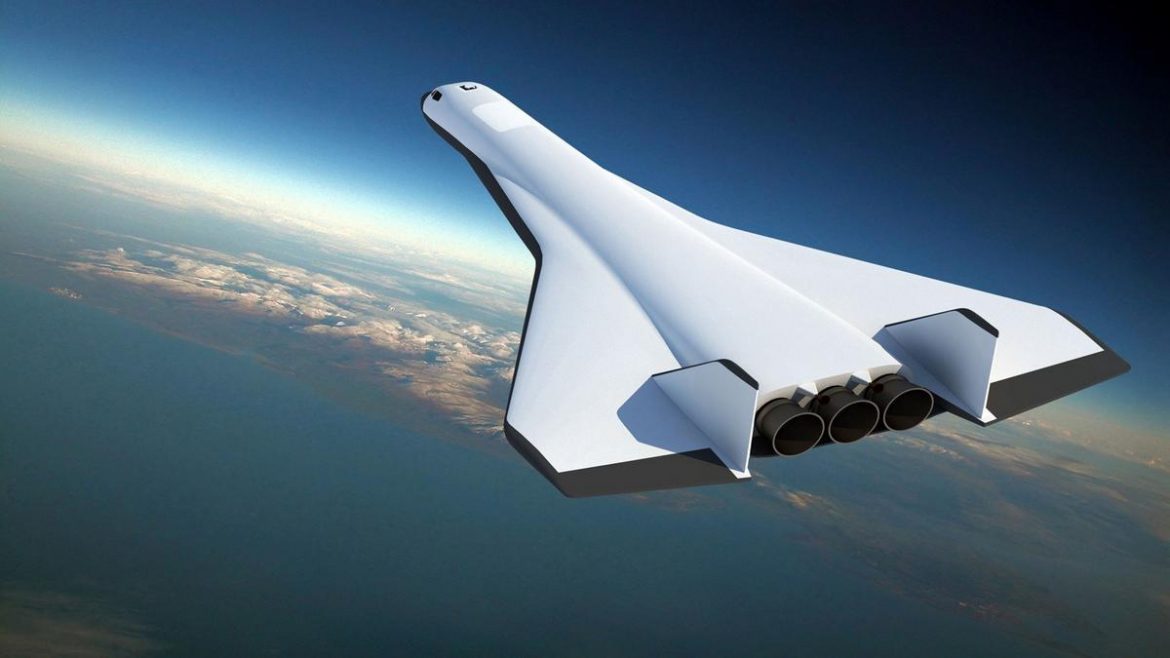It has been more than a decade since NASA’s Space Shuttle program completed its last mission. Ever since, all space missions have only used rockets, including SpaceX which relied on reusable rockets. However, there are several companies working on building a single-stage-to-orbit space plane, which is often considered as one of the holy grails of spaceflight. A single-stage-to-orbit (SSTO) vehicle is a spacecraft that uses only propellants and fluids rather than relying on expending tanks and engines. A Washington-state based aerospace company named Radian has announced that it is deep into the development process of an airplane-like craft that could take off from a runway, ignite its rocket engines, reach the lower earth orbit (LEO), and come back to the surface of the Earth by landing like a traditional airplane.
According to a report by Ars Technica, Radian has been working on rocket engine development at its Renton headquarters near Bremerton, Washington. “We all understand how difficult this is,” said Livingston Holder, Radian’s co-founder and chief technology officer. Before starting the company, Holder was a program manager at Boeing, focusing on reusable space systems. He was also a part of the U.S. Air Force’s Manned Spaceflight Engineer program in the 1980s, so he clearly knows what he’s doing. The liquid-fueled rocket engine being developed by Radian will provide about 200,000 pounds of thrust. The spaceplane named RadianOne will be powered by three of such engines, which would be enough to power the winged craft to Earth’s orbit carrying up to five people and 5,000 pounds of cargo.

“Over time, we intend to make space travel nearly as simple and convenient as airliner travel,” said Richard Humphrey, Radian’s CEO and co-founder. “We are not focused on tourism, we are dedicated to missions that make life better on our own planet, like research, in-space manufacturing, and terrestrial observation, as well as critical new missions like rapid global delivery right here on Earth.” The RadianOne will be capable of making sled-assisted takeoffs, while it will be able to land on a traditional runway like an aircraft. This will help give the revolutionary spaceplane a turnaround time of just 48 hours between missions, which should make it substantially cheaper. Radian hasn’t commented on when the RadianOne will be completed for space missions but its founders hope that it will be able to service the commercial space station that would be in Earth’s orbit by 2030 if everything goes according to plan. The company also announced that it had recently closed a $27.5 million round of seed funding to help fund the project.
[Via: Ars Technica]



